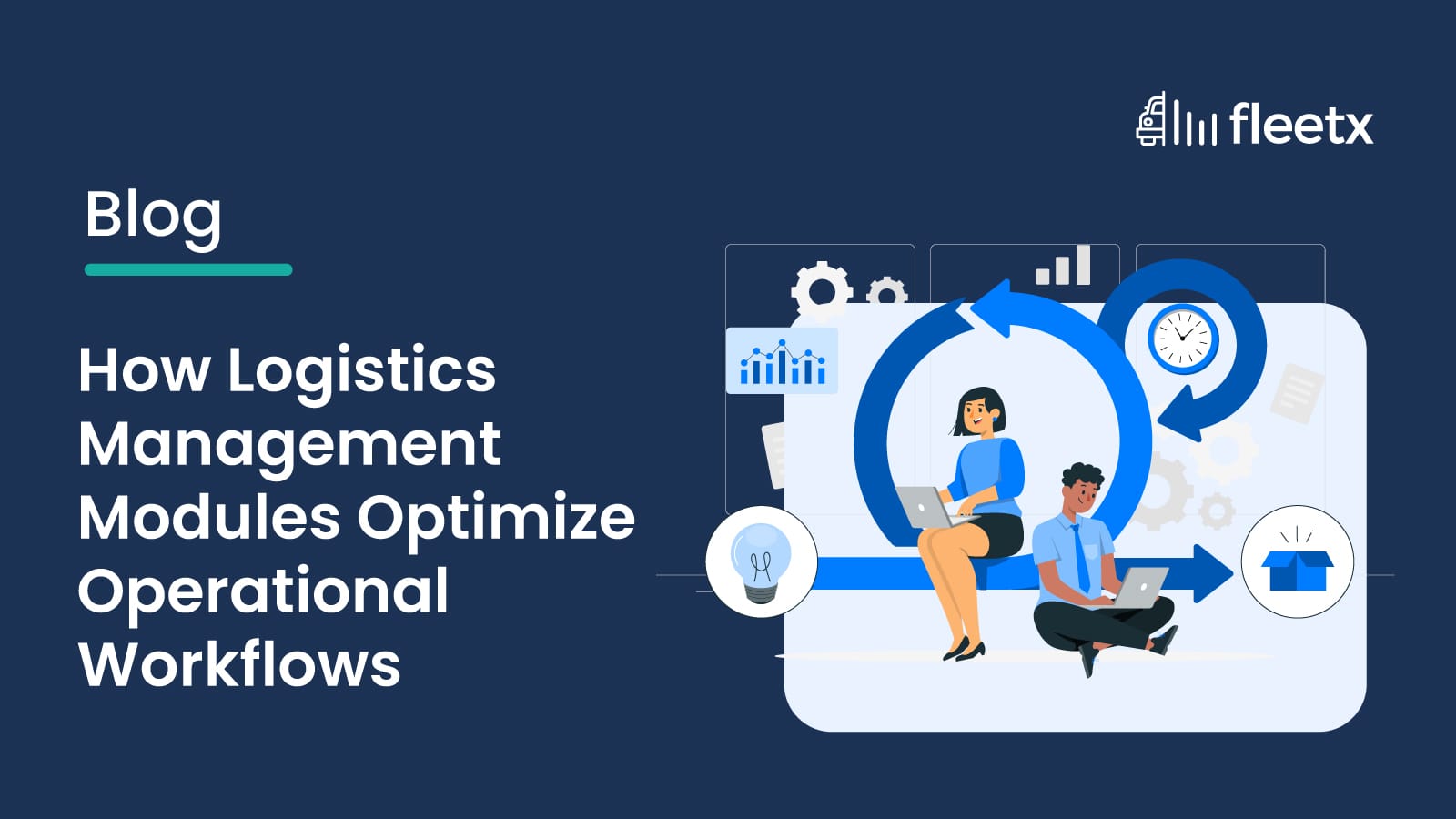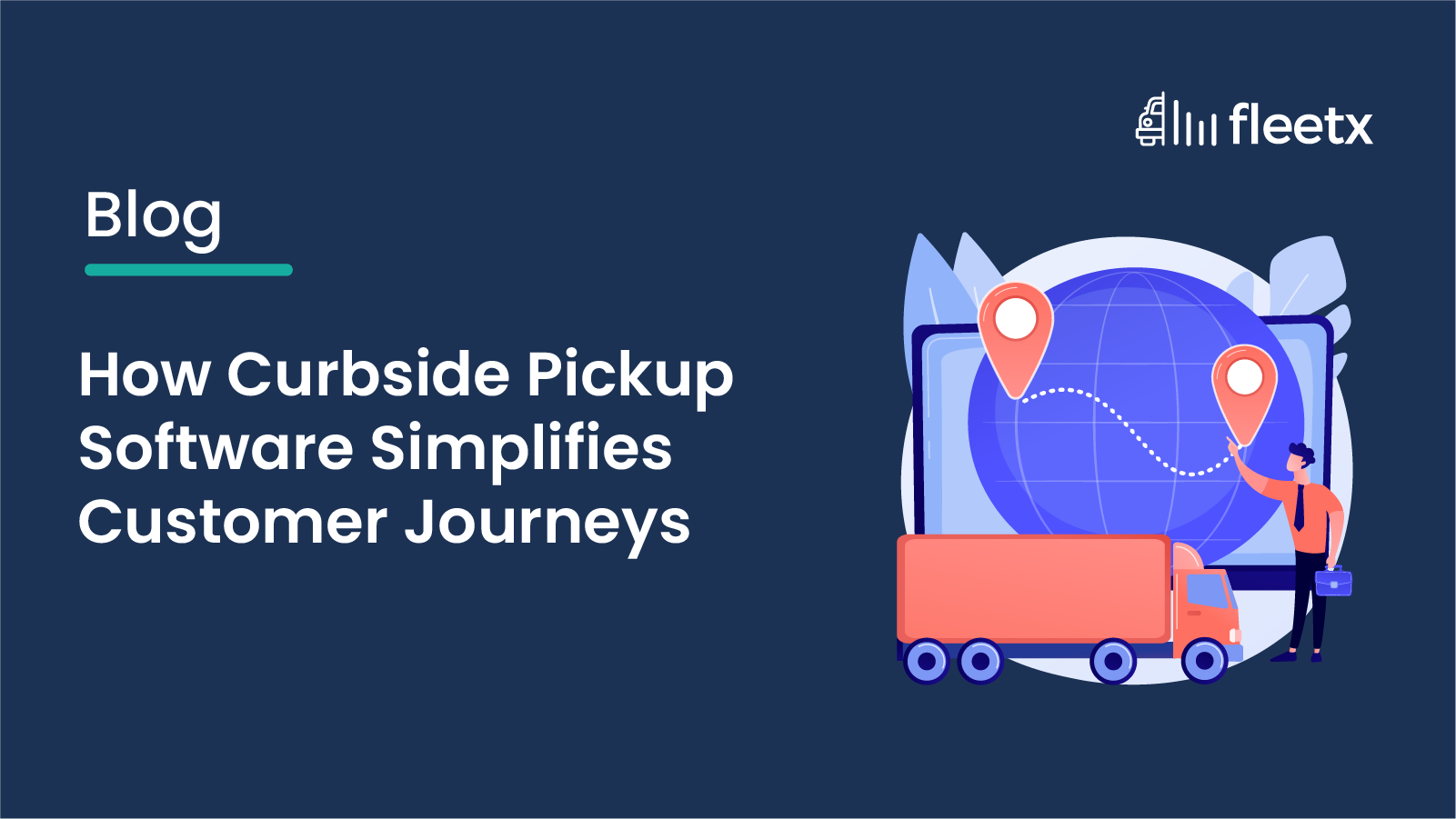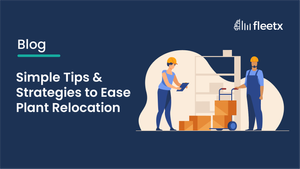
The global economy depends on an efficient logistics ecosystem, leading to innovative solutions that eliminate disruptions along the way.
Data and automation play a critical role in streamlining the entire supply chain, which includes manufacturers, shippers, carriers, and others. Freight movement is an integral part of the process, with India’s road transportation share being 66% of cargo in ton-kilometers, rail transport has a share of 31%, whereas shipping and air transport constitute 3% and 1% respectively. An automated logistics management system (LMS) strengthens the supply chain operation, irrespective of the mode of transport.
Logistics operations work in two distinct directions – forward and reverse. Forward functions include:
- Order acceptance and processing
- Inventory management
- Shipment packaging
- Freight forwarding
- Route optimization
Backward or reverse functions include:
- Returns management
- Repair assistance
- Reusing and recycling services
An LMS utilizes several modules to optimize all aspects of logistics and consists of multiple modules that aid in minimizing delivery times, reducing transportation costs, ensuring adequate inventory levels, and coordinating the repairs or returns.
Fundamental Modules of a Logistics Management System (LMS)
Logistics management system encompasses multiple sectors and several modules that cater to different logistics needs –
Order Management
Customer orders, inventory capacity, suppliers, and customers' data can be synced into one system for efficient order management and to prevent manual errors. Sales channels would forward the orders to order management software (OMS), which would collect and track the order status until the final delivery confirmation. It serves as the core connection among different order details that include optimum routes, vehicle tracking, warehouse-related details, and accounting integration for invoice generation and payments, among other functions.
Inventory Management
This part of the supply chain controls and documents the quantity of products available for sale at any given time. A highly accurate product information management system has to be in place for consistently receiving, storing, and tracking inventory levels, with frequent changes in place by consolidating all the data in one place. The automatic product reordering feature prevents stock-outs and excess stock situations.
Warehouse Management
The set of processes that maintain, control, and automate warehouse operations makes up this module. It incorporates the mechanisms related to accounting for receivables, moving them, KPI setting for warehouse staff management, ensuring safe working conditions, and utilizing hardware and software tools to track and locate objects within the compound.
A sound warehouse management system (WMS) optimizes the item picking process by tracking the barcodes associated with the items and ensures compliance with the packaging standards for safe shipping.
Transport Management System
Logistics management functions are streamlined significantly with this module’s features that facilitate carrier provisioning and payment, in-plant & yard operations, loading & unloading processes, fleet & cargo tracking, and route optimization, thus ensuring a seamless data flow across all the functions. Logistics management systems coordinate among these functions while promptly addressing any issues that may arise.
Analytics & Reporting Layout
Digitization turns data into insightful reports that enable informed decision-making and is one of the significant functions of an LMS. The business intelligence features aid businesses in finding their gaps and improving productivity.
Reverse Logistics System
The process of goods returned from the consumer to the producer involves a set of reverse logistics functions that streamline product reallocation, return, and/or repair. The services associated with it are:
- A reverse logistics system (RLS) works as a centralized monitoring mechanism that holds all relevant data in terms of the items returned, the causes of return, and the return status
- Sharing status updates with customers through email/SMS adds to the brand's reputation and improves customer satisfaction
- Quality assurance tracking mechanism alerts the appropriate parties to take necessary actions for quality-related issues
Essential Features of a Centralized Logistics Management System
Multi-Channel Access: A centralized data hub aids in controlling several client-related activities in different stages of the logistics process by different teams.
Demand Forecasting: Price and demand forecasting empower businesses to plan inventory and resources adequately.
Finance & Accounting: Transaction details and accounting processes get streamlined with financial details integrated within the system.
Warehouse Management: Simplifies the storage and movement of goods to comply with the delivery schedule.
Order Processing & Billing: Businesses can create orders and customer bills electronically on a centralized system.
Bill of Lading Generation: Generating shipping bills electronically accelerates the shipment transactions between the shippers and carriers.
Key Benefits of the Logistics Management Modules
Building an LMS optimizes logistics planning in several different ways, offering benefits such as –
Higher Profits
Businesses obtain a comprehensive view of their operations that improves their client dealings and reduces the need for maintaining excess inventory. With better order fulfillment rates, business profitability grows.
Improved Delivery Infrastructure
An LMS eliminates resource wastage, ensures quality compliance, and reduces human errors – all of which contribute to streamlining the delivery structure and improving customer journeys.
Lower Operational Expenses
Data-based decisions provide crucial insights for route optimization that control the business’ fuel spends and improve asset utilization, leading to higher business effectiveness and lower operational costs.
Simplified Intermodal Operations
Freight transfer using multiple modes of transportation can be further refined by the several automated features in LMS modules.
Steps Involved in Creating an Effective Logistics Management System
Step 1: Outline the Objectives
Before the development, defining the project’s objectives helps in detailing the challenges for which the solution is created. Is it meant to reduce delivery time, lower costs, or improve inventory management? Well-defined goals guide the complete process of development through all stages.
Step 2: Determine Key Features
Identifying the primary system features that the LMS should include is crucial. Certain essential features to consider include:
- Real-time shipment tracking
- Route optimization capabilities
- Integrating inventory management
- Bulk data transfer possibilities
- Role-based data access
- Cloud-based file storage providers
- Payment gateway integration
Step 3: Select the Appropriate Technology Stack
The right technology blend determines the level of success of the module developed. With Fleetx, clients have the flexibility to choose the optimum technology mix to achieve the desired output. Incorporating a variety of technologies ensures the module’s adaptability to changing requirements.
Step 4: The Development Stage
Now is the time when the actual software development efforts come into play. Backed by AI-based automation, the required entities and fields are generated to be deployed to cloud platforms such as AWS, GCP, and Azure.
Step 5: Testing & Iteration
After creating the module, it’s tested thoroughly to ensure it meets all the solution requirements. Functional and performance testing identify any glitches or areas of improvement. The feedback is utilized to rectify the issues and improve performance.
Step 6: Implement & Monitor
Post-testing, the module is deployed to the production environment. Once deployed, the module’s performance has to be constantly monitored to map the performance and make necessary adjustments whenever required.
Step 7: Scale to Expand
The logistics optimization module has to be scaled periodically to be on par with the business expansion. With Fleetx, add new features, integrate internal systems, and scale the module to support more logistics functions and users.
Practical Use Cases Across Industries
A versatile LMS has cross-industry applicability. Some such applications include:
Retail & E-Commerce
Retailers and e-commerce businesses use LMS to manage their inventory levels or optimize their warehouse operations, or streamline customer delivery. It becomes crucial to handle heavy order volumes and coordinate their timely deliveries. AI-based inventory management is estimated to grow 30% by 2026.
Medical Care
In the healthcare sector, an LMS ensures that sensitive medicines and vaccines are stored, handled, and moved under optimum conditions. It also helps in tracking the shipment to prevent theft and counterfeiting.
Third-Party Logistics (3PL) Service Providers
3PL service providers utilize an LMS to manage multiple clients’ supply chains, offering a mix of services such as warehousing, transportation, and distribution. A Gartner survey stated that artificial intelligence was identified as the top supply chain influencer by 74% of the respondents. Such AI-driven software provides the clients with shipment visibility and ensures their peace of mind.
Be a Part of the Transformation Wave
Planning for an automated solution to your logistics challenges? A customizable solution will be a game-changer for businesses, and a logistics management software development company like Fleetx assists in creating such flexible and comprehensive AI-driven solutions that address complicated logistics challenges.






